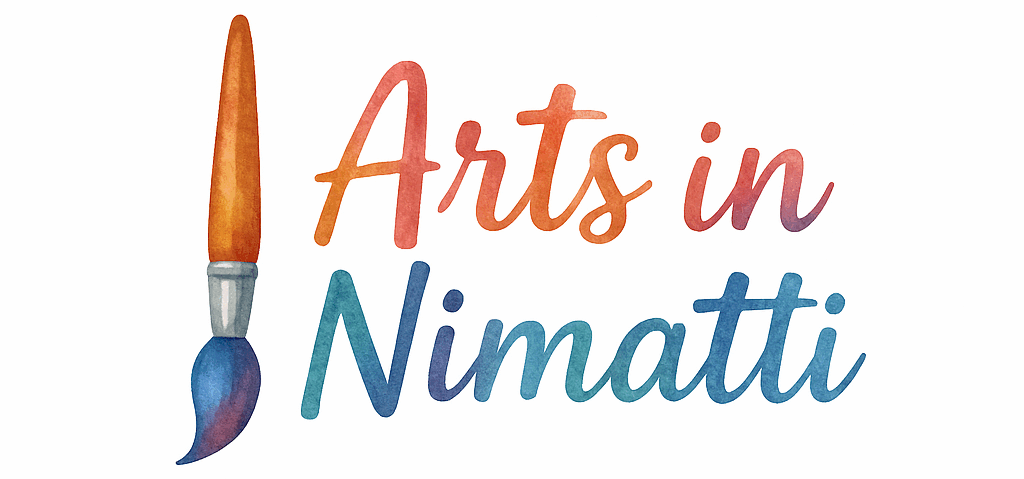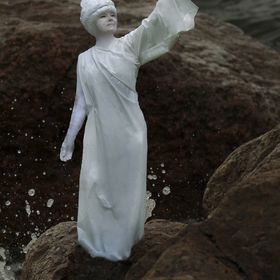Introduction
Not everyone has the time, resources, or opportunity to attend formal art training. Whether you’re looking to develop your creative skills or pursue art as a hobby, practicing art without formal training is entirely possible. In fact, some of the best artists in history started with little to no formal education. Learning art independently not only saves money but also offers a sense of freedom and personal growth. In this article, we will explore 9 ways to practice art without formal training and how you can develop your artistic skills from the comfort of your own home.
If you’re just beginning your artistic journey or want to enhance your skills without the constraints of formal classes, there are numerous ways to improve. You can start with simple exercises, take advantage of online resources, and embrace new technologies. So let’s dive into how you can unlock your creative potential without ever stepping into a traditional art school!
1. Start with Basic Drawing Exercises
Why Drawing is the Foundation of Art
Drawing is the most fundamental skill in art, and it is the building block for many other artistic techniques. Whether you aim to paint, sculpt, or create digital art, drawing provides the foundation you need to express your ideas effectively. By practicing drawing, you will develop your eye for detail, improve your hand-eye coordination, and gain a better understanding of shapes, proportions, and perspectives.
Simple Drawing Exercises to Try
Here are some easy exercises to help you get started:
- Line Practice: Draw straight, curved, and zigzag lines to develop control over your hand movements.
- Shape Drawing: Start by sketching basic shapes like circles, squares, and triangles to build structure in your drawings.
- Shading Techniques: Practice shading to create depth and dimension in your drawings. Experiment with light and dark contrasts to bring your sketches to life.
For more drawing inspiration and techniques, visit Art Education.
2. Embrace Digital Art Tools
Exploring Digital Art for Beginners
In today’s tech-driven world, digital art has become a popular alternative to traditional mediums. If you don’t have access to physical art supplies, you can explore digital platforms to create stunning artworks. Digital tools such as Procreate, Adobe Photoshop, and even free apps like Krita allow you to create beautiful art on a tablet or computer.
Benefits of Using Digital Tools
Digital art offers flexibility and convenience, especially for beginners. You can easily undo mistakes, experiment with different styles, and work without worrying about materials running out. Plus, digital art provides endless opportunities to experiment with color and texture, allowing you to create visually dynamic artwork with ease.
If you’re looking for tips on how to master digital art, you can check out Art Techniques.
3. Learn Through Online Resources
Utilizing Free Online Art Classes
One of the best things about the internet is the wealth of free art resources available. Many artists share their knowledge through online tutorials, videos, and courses. Platforms like YouTube, Skillshare, and even Instagram offer countless tutorials that can help you build your skills.
Discovering Art Tutorials and Guides
Besides formal classes, there are also countless written guides and step-by-step tutorials that break down the techniques of famous artists. Whether you’re learning how to paint portraits, landscapes, or abstract works, you can find resources that cater to all levels of expertise.
For curated art content, explore Art Inspiration.

4. Create an Art Portfolio
Documenting Your Artistic Progress
An art portfolio is not only a way to showcase your best work, but it also serves as a record of your artistic journey. As you develop your skills, you’ll want to track your progress by photographing your drawings, paintings, or digital works.
Why Building a Portfolio Matters
Having a portfolio helps you reflect on your growth, identify areas for improvement, and showcase your work to potential clients, galleries, or collaborators. It’s an excellent way to establish your artistic identity and track your improvement over time.
For tips on building a standout portfolio, you can visit Art Portfolio.
5. Practice Art Every Day
Setting Aside Time for Art
Consistency is key when it comes to improving your art. It’s easy to get distracted by other obligations, but by setting aside dedicated time each day to practice your craft, you will notice tremendous growth. Whether it’s 10 minutes or 2 hours, make time every day to create.
The Power of Consistent Practice
Just like any skill, art improves with regular practice. The more you draw, paint, or experiment with new mediums, the faster you’ll improve. By making art a daily habit, you’ll start to see real progress in your technique and creativity.
For some art productivity tips to help you stay consistent, check out Art Productivity.
6. Experiment with Different Mediums
Trying Various Art Supplies
One of the best ways to improve as an artist is by experimenting with different art mediums. Try working with watercolors, oil paints, charcoal, or even clay to get a feel for each medium’s unique qualities. Experimenting with materials challenges your creative thinking and helps you discover your preferred style.
How Experimenting Enhances Your Skills
By experimenting with different tools and materials, you will gain a deeper understanding of texture, color theory, and technique. Each medium offers its own set of challenges and learning opportunities, ultimately enhancing your artistic versatility.
You can find more about experimenting with new techniques at Art Business.
7. Draw from Life
The Importance of Observational Drawing
Life drawing involves observing real-life subjects, such as people, animals, or objects, and then translating them into drawings. This practice strengthens your observational skills and improves your ability to accurately depict the world around you.
Where to Find Life Drawing Opportunities
Life drawing sessions are available in many local art centers, online platforms, and even through apps that provide reference images. If you don’t have access to live models, you can practice by sketching from photographs or real-life objects you find around your home.
For more on observational drawing and techniques, check out Art Tutorial.
8. Engage with the Art Community
Participating in Online Art Communities
Being part of an art community is a great way to stay motivated and receive constructive feedback. There are many online platforms, such as DeviantArt, ArtStation, and Instagram, where artists share their work, connect with others, and learn from each other.
Attending Art Events and Workshops
In-person art events, exhibitions, and workshops also provide opportunities to connect with like-minded individuals. They’re a great way to stay inspired, get feedback, and even network with potential mentors.
Explore more about art events at Art Lifestyle.
9. Draw Inspiration from Your Surroundings
Finding Art Inspiration in Everyday Life
Your surroundings are a constant source of inspiration. Look around your environment—whether it’s the textures of objects, the colors of nature, or the play of light and shadow. Inspiration is everywhere!
Exploring Art Through Travel
Traveling can open up a whole new world of artistic inspiration. By experiencing different cultures, landscapes, and perspectives, you can gain fresh insights and ideas to incorporate into your art practice.
For more about how traveling influences creativity, check out Art Travel.
Conclusion
Practicing art without formal training is entirely possible, and in some ways, it can be even more rewarding. With the right mindset, tools, and resources, you can develop your artistic skills at your own pace. From basic drawing exercises to experimenting with digital tools and engaging with the art community, there are endless ways to grow as an artist. Remember, consistency and creativity are your best allies on this journey.
FAQs
- Can I become a skilled artist without formal training?
- What are the best digital tools for beginners?
- How do I start an art portfolio?
- How can I practice art every day?
- What are the benefits of experimenting with different art mediums?
- Where can I find life drawing sessions?
- How can art communities help me improve my skills?

